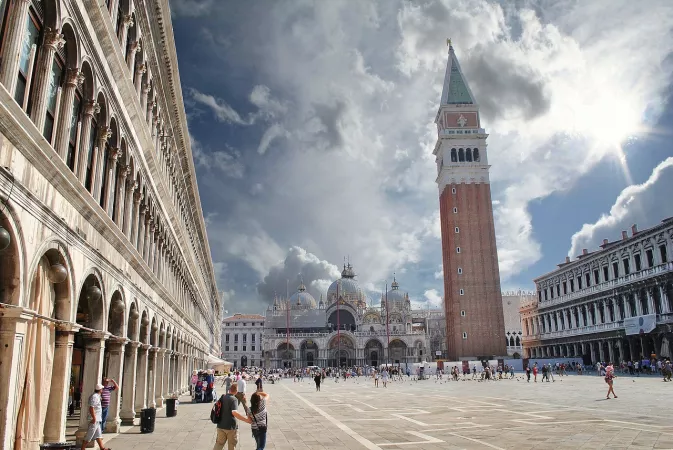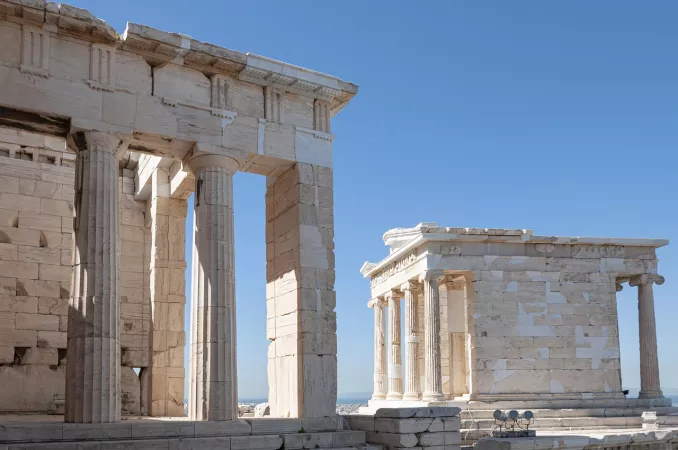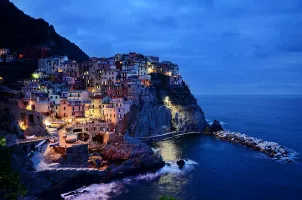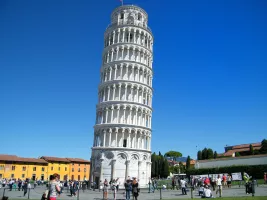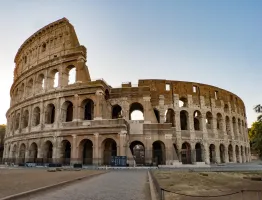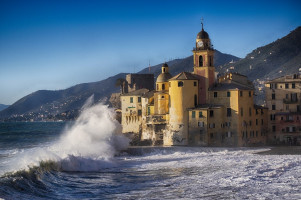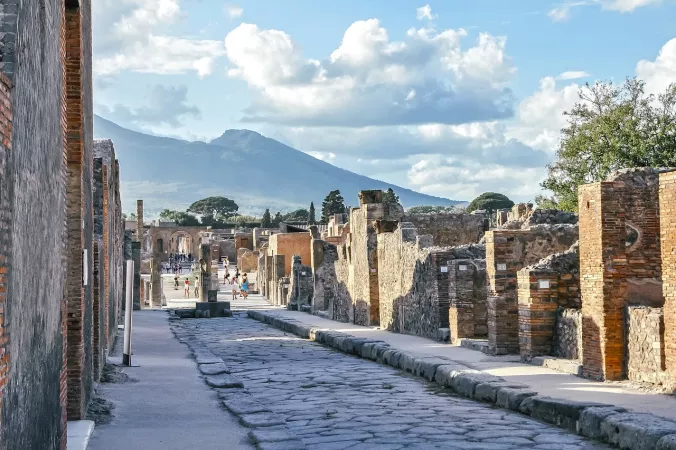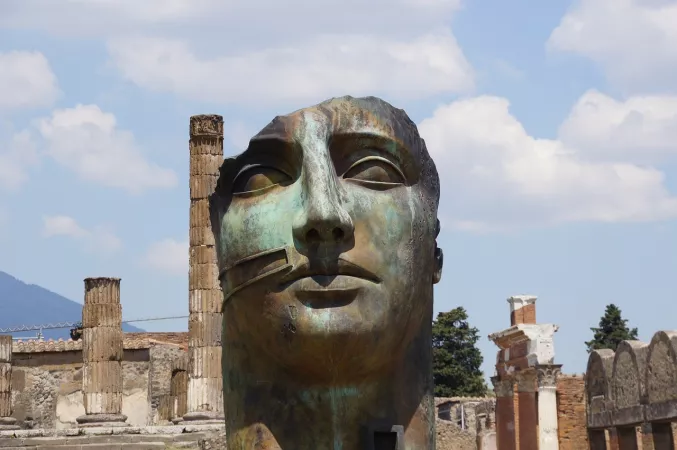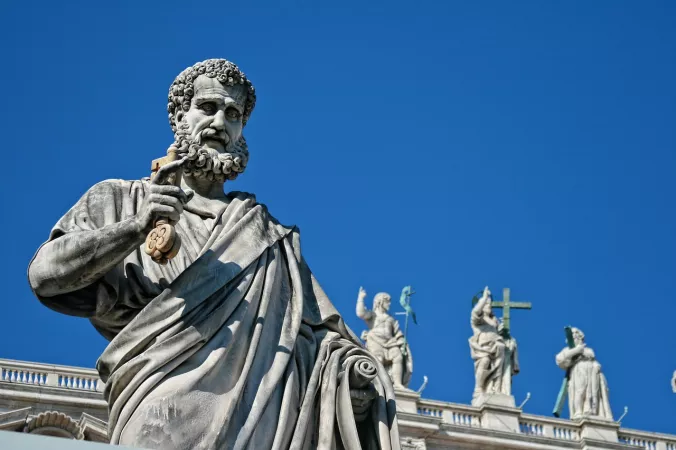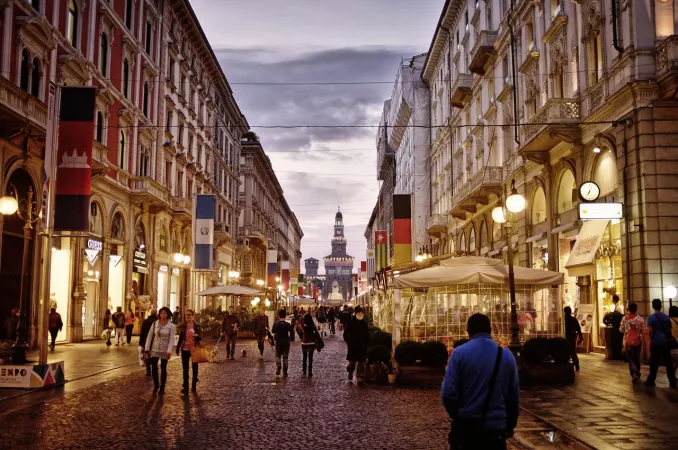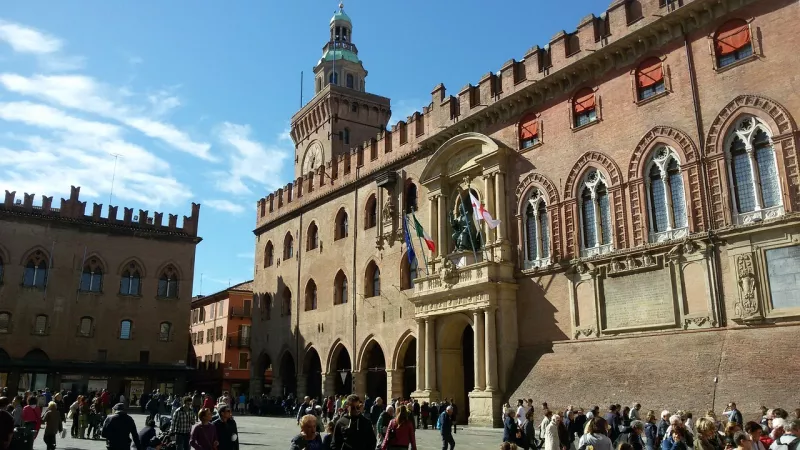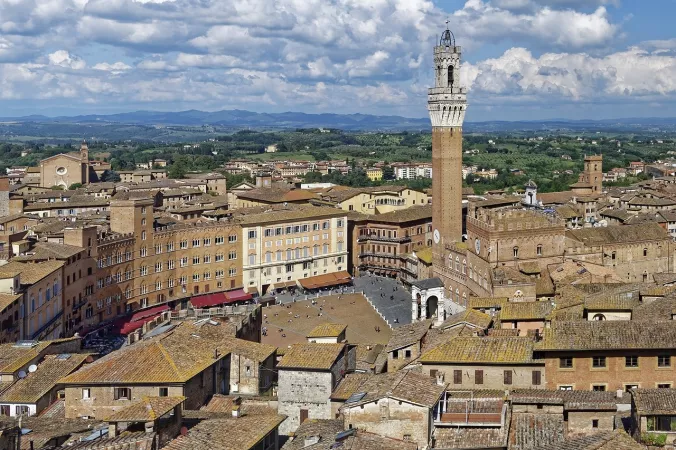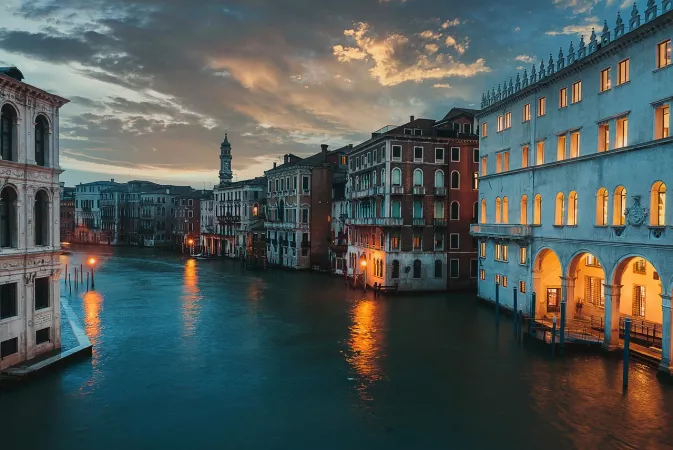
Venice Travel Guide
Venice, a city in northeastern Italy, is renowned for its unique geography, built on a group of 118 small islands separated by canals and linked by bridges. The city is steeped in history, dating back to the 5th century, and is famous for its art, architecture, and culture, making it a UNESCO World Heritage Site. Venice is known for its picturesque waterways, grand palaces, and vibrant carnival celebrations.Top Attractions in Venice
1. St. Mark's Basilica 2. Grand Canal 3. Rialto Bridge 4. Doge's Palace 5. Gondola Rides 6. Murano IslandVenice is Famous for
Its romantic gondola rides along the canals and the exquisite Venetian masks and glassware.Top Attractions in Venice
- St. Mark's Basilica - Grand Canal - Rialto Bridge - Doge's Palace - Gondola Rides - Murano IslandWhat's Great about Travelling to Venice?
- Rich history and culture - Romantic gondola rides - Exquisite Venetian cuisine - Vibrant carnival celebrationsWhat's Not So Great about Travelling to Venice?
- Crowded during peak tourist seasons - Expensive accommodations - Potential for flooding in certain areasTravel Tips for Venice
- Carry a map as the streets can be confusing - Book gondola rides in advance to avoid long queues - Be cautious of pickpockets in crowded areas - Respect the local customs and traditionsImportant Venice trip information
- Ideal Duration: 3-4 days to explore the main attractions.
- Best Time to Visit: Spring and fall for pleasant weather and fewer crowds.
- Nearby Airports and Railway Stations: Marco Polo Airport and Santa Lucia Railway Station.
Top 32 Places to visit in Venice
Total
3,87,000
*EXCLUDING APPLICABLE TAXES 5.0 Ratings
( 24 Reviews )
( 24 Reviews )
Total
4,58,500
*EXCLUDING APPLICABLE TAXES 5.0 Ratings
( 24 Reviews )
( 24 Reviews )
Total
4,75,000
*EXCLUDING APPLICABLE TAXES 5.0 Ratings
( 24 Reviews )
( 24 Reviews )
Per Person
1,35,000
*EXCLUDING APPLICABLE TAXES 5.0 Ratings
( 28 Reviews )
( 28 Reviews )
Per Person
1,46,018
*EXCLUDING APPLICABLE TAXES 5.0 Ratings
( 393 Reviews )
( 393 Reviews )
Per Person
1,47,846
*EXCLUDING APPLICABLE TAXES 5.0 Ratings
( 393 Reviews )
( 393 Reviews )
FAQ's on Venice
Q1: What is the best time to visit Venice?
The best time to visit Venice is during the spring months of April to June and the fall months of September to November. During these times, the weather is pleasant, and the city is less crowded compared to the peak summer tourist season. Additionally, Venice hosts several cultural events and festivals during these months, providing a rich experience for visitors.
Q2: Do I need a visa to travel to Venice?
As part of the Schengen Area, most tourists visiting Venice do not require a visa for short stays of up to 90 days. However, it is essential to check specific visa requirements based on your nationality before traveling. Visitors should ensure their passport is valid for at least three months beyond their intended stay.
Q3: What are the must-visit attractions in Venice?
Venice is renowned for its picturesque canals, St. Mark's Square, Doge's Palace, Rialto Bridge, and the Grand Canal. Visitors should explore the charming neighborhoods of Dorsoduro, Cannaregio, and San Polo, as well as take a gondola ride to experience the city from the water.
Q4: Is Venice a safe place to travel?
Venice is generally a safe destination for travelers. However, visitors should be cautious of pickpockets in crowded areas, especially around popular tourist sites. It is advisable to keep belongings secure and be aware of your surroundings. Additionally, avoid wandering in isolated areas at night.
Q5: What is the local currency in Venice and can I use credit cards?
The local currency in Venice is the Euro (€). Credit cards are widely accepted in hotels, restaurants, and shops in tourist areas. However, it is recommended to carry some cash for smaller establishments and local markets. ATMs are readily available throughout the city for currency exchange.
Q6: What is the local cuisine like in Venice?
Venetian cuisine is known for its seafood dishes, particularly sarde in saor (sweet and sour sardines) and risotto al nero di seppia (risotto with cuttlefish ink). Visitors should also try cicchetti, small tapas-style dishes served in bacari (wine bars). Venetian cuisine is influenced by the city's maritime history and offers a unique culinary experience.
Q7: What transportation options are available in Venice?
In Venice, transportation primarily relies on waterways, including vaporetto (water buses) and water taxis. Walking is the most common way to explore the city due to its pedestrian-friendly layout. Visitors can also use traghetti (gondola ferries) to cross the Grand Canal and experience a gondola ride for a traditional Venetian experience.
Q8: Are there any cultural norms or etiquette I should be aware of when visiting Venice?
When visiting Venice, it is essential to respect the local customs and traditions. Avoid swimming or diving in the canals, as it is prohibited and disrespectful to the city's heritage. Additionally, dress modestly when visiting churches and religious sites, and be mindful of noise levels in residential areas.
Q9: I am a travel agent. How can I buy travel leads of Venice?
Register yourself as a travel agent at agents.tripclap.com and then you can buy travel leads to Venice once your account is approved. For more details contact our support team at +91-8069186564 or support@tripclap.com
